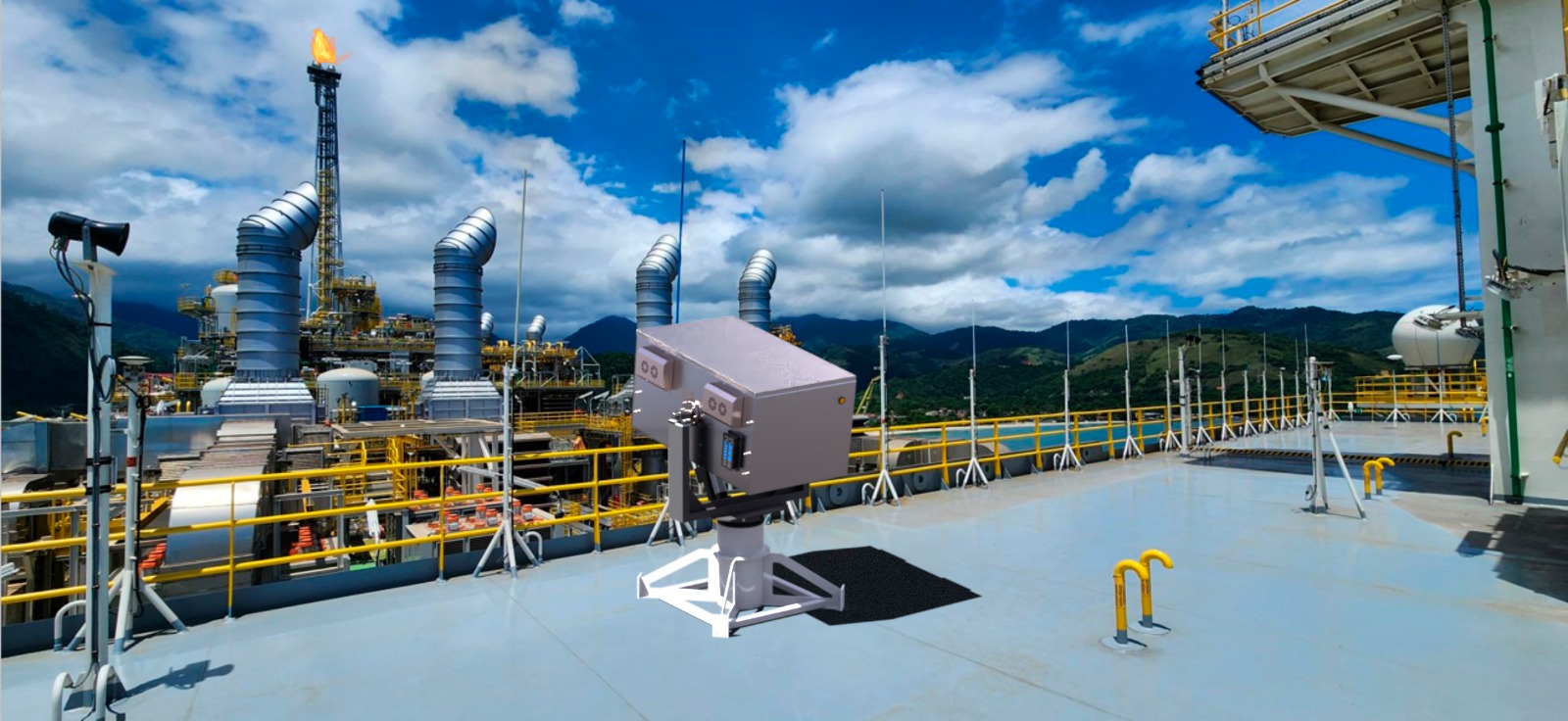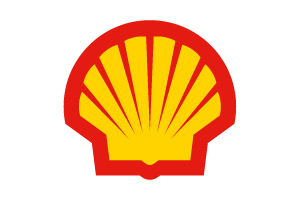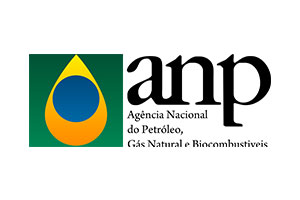The challenge
The oil and gas industry faces significant role in the pursuit of a world with substantially reduced greenhouse gas emissions. One of the main issues is methane, which most contributes to the greenhouse effect. FPSO flares are significant contributors to methane emissions and there is currently no reliable solution for measuring exhaust gas in flare flames. These challenges highlight the urgent need for technological innovations and more sustainable practices to mitigate the oil industry’s environmental impact.
Our solution
Flare and Methane Emission System (FAMES) – a solution designed to tackle the pressing challenges of methane emissions in the oil industry. A pioneering state-of-the-art Lidar system leverages Raman and Mie-Rayleigh scattering methods to accurately determine the mixing ratio of gases and particles. FAMES offers capabilities that provide first-order burning efficiency and direct measurements, including detecting and quantifying exhaust gases in flare flames. The system addresses the critical need for reliable monitoring and assessment, paving the way for more sustainable practices and significant reductions in greenhouse gas emissions.
Main Advantages
- Reliability & Accuracy
- Cost reduction
- Regulatory compliance
- ESG actions

Get inContact
Fill in your contact information
and we’ll get back to you shortly.
Papers
Abstract
There has been a growing concern about the reduction of greenhouse gas (GHG) emissions due to the impacts on climate change and the goals of the Paris Agreement. Methane is responsible for approximately 20% of global warming. The oil and gas industry is a major source of methane emissions. New initiatives like OGMP 2.0 emphasize the need for accurate monitoring of emissions. In this context, the FAMES project, developed by USP, IPEN, and ouronova, utilizes lidar technology to monitor the combustion efficiency in industrial flares. This remote system uses Rayleigh-Mie and Raman scattering detection methods to measure the optical properties of substances emitted by the flare, allowing the quantification of methane and particles. The lidar distinguishes between different plumes along the optical path. This lidar technology offers a quick assessment of operational processes, a significant advantage compared to existing technologies. The project combines remote particle sensing and methane measurement in the atmosphere, functioning as a hybrid system to evaluate flare combustion efficiency on FPSO-type platforms. Initial conceptual tests have demonstrated the effectiveness of the system, which aims to achieve a TRL 6 when installed on FPSOs to monitor emissions from their flares. With the support of Shell Brasil Petróleo Ltda and using resources from the R&D clause of the concession contracts of the National Agency of Petroleum, Natural Gas and Biofuels (ANP), the project highlights the industry’s interest in solutions that improve the management of methane emissions in FPSO.



